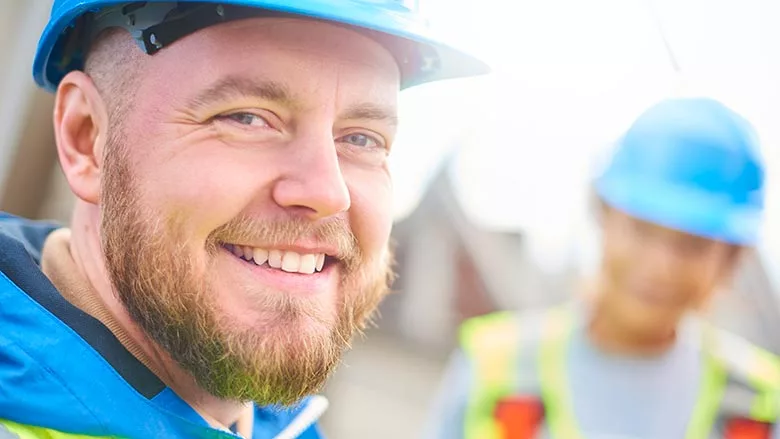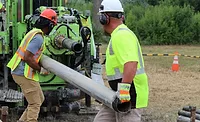Mentorships: 3 Steps to Develop, Pass Along Drilling Skills
Top Performers Can Educate Next Generation of Great Drillers

Successful mentoring can help you spread valuable skills around your company. Source: Getty Images
Organizational culture has proven to be a leading contributor to employee job satisfaction and engagement. For today’s workforce, opportunities for career advancement, training and development, and up-leveling are more important than ever. As we continue to experience more aging drillers leaving the workforce, the need for workforce planning is evident. Companies struggle to define and implement internal mentorship programs that not only identify top employees, but proactively develop them to become the next best drillers.
In today’s article, we’ll consider three ways your organization can develop and leverage a mentorship program that builds a competitive advantage, motivates and engages employees, and aids in retaining the very best talent.
Identify Top Performers
Before you can build and implement a mentorship program, you must know who your top performers are. The best way to begin this process is through some form of succession planning. To simplify this, consider meeting with key leaders in your organization with the goal of discussing team structure and identifying individual’s strengths and weaknesses.
When evaluating the workforce, you want to keep in mind both the performance and the potential of your employees. Some employees may be high performers but have low potential to move up or grow within the organization. Some employees may have great potential and the drive to take on more responsibility, but aren’t performing in a manner needed to achieve a higher position. Having one over the other isn’t necessarily good or bad – and successful drillers usually have components of both performance and potential.
Address Gaps in Skills and Experience
Once you identify and assess your organization’s talent pool, you start to see any gaps in the levels of experience or skillsets in your workforce. Do you have several employees well versed in communications skills, but lacking project management capabilities? Are your top performers meeting their own KPIs and goals, but failing to lead and facilitate teamwork and comradery among the drilling crew?
Do you have several employees well versed in communications skills, but lacking project management capabilities? Are your top performers meeting their own KPIs and goals, but failing to lead and facilitate teamwork and comradery among the drilling crew?
Having a firm grasp on employee strengths and weaknesses allows you align mentors with the right mentees. For instance, consider a veteran employee with 20 years in the industry, strong leadership skills and top-notch performance. Great person to have on the team, but they also lack an interest in new methods or technologies, or a motivation to move into any other role. Pairing this person as mentor with a high-potential mentee may not succeed. Ensure the skills and experience of mentors and mentees align in a complementary manner. Aim to build upon the weaknesses of the mentee.
Make Mentorship Engaging
The surest way to get buy-in to any organizational program is by making it engaging! Consider developing a mentorship program that includes a bit of competitiveness. Find a way to measure KPIs and goals related to the mentor-mentee relationship, and have a monthly competition related to those targets. You might also provide flexibility in your mentorship program where reverse mentorship is encouraged. Maybe consider cross-departmental mentorship opportunities for those employees that desire it. Whatever you choose to do, make sure that your mentorship program encourages frequent communication and active participation from both parties.
As you develop and roll out your own mentorship program in your organization, get creative. Don’t’ be afraid to try new types of mentorships, such as short-term mentoring, virtual mentoring, or even reverse or two-way mentorship. Identify your top performers and analyze the strengths and weaknesses of your workforce. That sets the stage for you to define a mentorship program that will engage and motivate your employees, and produce your next generation of great drillers.
Looking for a reprint of this article?
From high-res PDFs to custom plaques, order your copy today!






